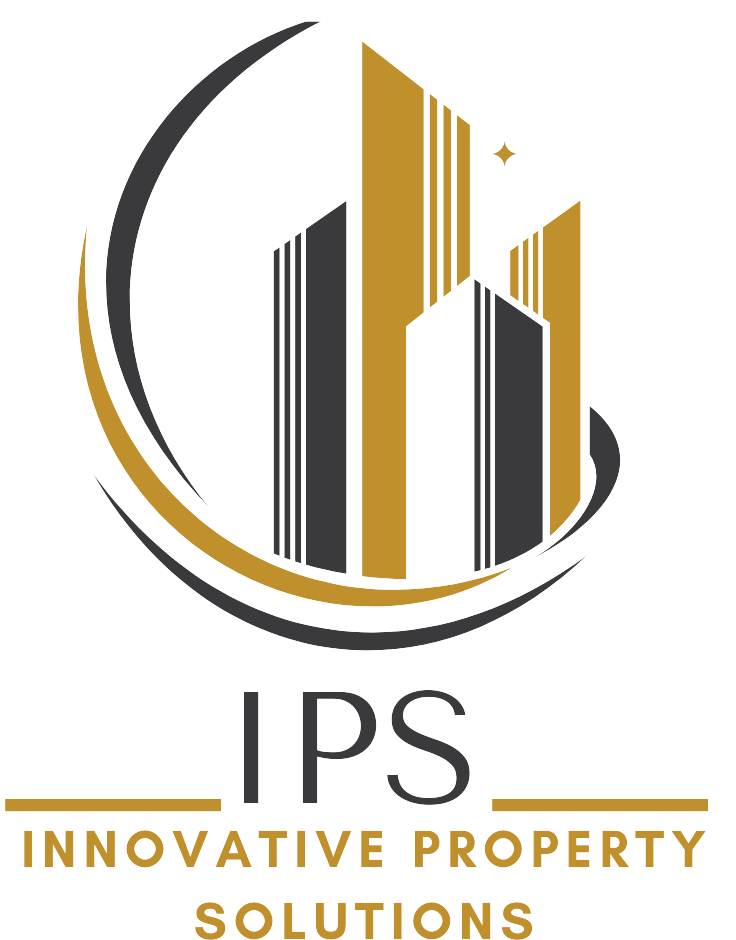
In Toronto’s fast-moving property market, everyone is searching for a clear, accurate picture of value—whether they are selling a heritage home in The Annex, purchasing a commercial building on Bay Street, or securing financing for a mixed-use property in Leslieville. Today, the conversation often turns to Automated Valuation Models (AVMs) as an alternative to traditional appraisals conducted by qualified real estate appraisal firms.
On the surface, AVMs seem appealing. They are fast, inexpensive, and accessible online. A few clicks can deliver an instant value estimate. However, beneath that convenience lies a crucial reality: property valuation is rarely as simple as a mathematical formula. The Toronto market, with its complex zoning rules, varied building ages, and hyper-local price drivers, requires more than just algorithms.
This is why professional appraisal firms like IPS continue to be a vital part of Toronto’s real estate ecosystem. Let’s explore the real differences between AVMs and human-led appraisals, why these differences matter, and how choosing the right method can impact your financial decisions.
Understanding What an AVM Really Does
An Automated Valuation Model is essentially a computer-generated property valuation tool. It uses mathematical algorithms, public records, MLS data, and statistical models to generate an estimate of a property’s value.
In Toronto, AVMs pull from recent sales in the area, property tax records, and general market trends. They run the numbers, compare the subject property to similar ones sold nearby, and produce a price estimate. This process can take seconds and is often marketed as being “data-driven” and “objective.”
But here’s the catch: data accuracy depends on data completeness. If the AVM’s dataset is outdated, missing information, or skewed by atypical transactions, the resulting valuation can be far from the truth. And in a city like Toronto, where two identical condos on paper can have drastically different values depending on their floor, view, or upgrades, that gap can be costly.
What Professional Appraisal Firms Bring to the Table
A professional real estate appraisal is more than just a report—it’s an in-depth analysis prepared by a certified appraiser who understands Toronto’s real estate market beyond what public records can reveal.
Appraisers working with IPS, for example, combine rigorous valuation methodologies with on-the-ground market insight. They physically inspect the property, note any upgrades or defects, assess its unique location influences, and understand how current economic and regulatory factors might shape its value.
An IPS appraiser can account for:
- The quality of renovations and whether they align with local buyer preferences.
- The impact of heritage designation on property use and marketability.
- The effect of zoning changes or upcoming infrastructure projects in the neighbourhood.
- The nuances of mixed-use properties, where residential and commercial components need separate, specialized evaluation.
These are things an algorithm simply cannot measure in full detail.
Why AVMs Struggle in Toronto’s Market
Toronto is not a uniform grid of identical houses and cookie-cutter developments. It is a patchwork of neighbourhoods with their own micro-markets, price dynamics, and buyer psychology.
Consider the following scenarios:
- Heritage Homes in Cabbagetown: An AVM may compare your century-old Victorian to other nearby houses without accounting for its restored period features, which could significantly increase its value.
- Mixed-Use Buildings in Kensington Market: Automated models often have difficulty separating the valuation of the residential portion from the commercial space.
- Luxury Condos in Yorkville: AVMs might pull comparisons from lower-tier buildings nearby, missing the premium buyers pay for certain amenities or building reputations.
In these cases, the AVM’s reliance on general comparables means the output can be tens or even hundreds of thousands of dollars off.
The Risk of Over-Reliance on AVMs
For casual curiosity, AVMs can be fine. Checking a ballpark figure before listing your property or browsing investment options is harmless. But when making real estate decisions involving hundreds of thousands—or millions—of dollars, relying solely on an AVM can expose you to serious risks.
An overvalued property can lead you to overpay, creating instant negative equity. An undervalued property can cause you to accept an offer far below market potential. In legal disputes, tax assessments, refinancing, or estate settlements, inaccurate AVM numbers can undermine your position entirely.
When to Choose a Professional Appraisal Firm
Professional appraisals are essential when accuracy is non-negotiable. In Toronto, that includes situations such as:
- Securing mortgage financing or refinancing.
- Disputing property tax assessments.
- Handling divorce or estate settlements.
- Purchasing or selling investment properties.
- Meeting accounting or financial reporting requirements.
At IPS, every appraisal is customized to the property type, market conditions, and client needs. This ensures the valuation reflects the true market value, not just what a database suggests.
Why the Human Element Still Matters
Real estate is inherently human. Markets are shaped by emotion, perception, and changing buyer behaviour—factors that algorithms struggle to quantify. An AVM may recognize that property values in a certain postal code are rising, but only a trained appraiser can explain why and whether the trend is sustainable.
Moreover, appraisers bring context. If a recent comparable sale was unusually high because the buyer had a personal connection to the property, a human appraiser will recognize and adjust for that. An AVM, on the other hand, might treat it as an ordinary data point and distort the results.
Cost vs. Value in Choosing Between AVMs and Appraisal Firms
One of the biggest reasons people lean toward AVMs is cost. Most online AVM tools are free or low-cost, while professional appraisals come with a fee. But as with most things in real estate, cheap now can mean expensive later.
The fee you pay for a professional appraisal with IPS is an investment in decision-making clarity. In high-value transactions, an accurate valuation can easily save or earn you far more than the appraisal cost.
The Future: AVMs as Tools, Not Replacements
It’s worth noting that AVMs are improving and can be useful when integrated into the work of professional appraisers. Some Toronto appraisal firms already use AVM data as a starting point, supplementing it with on-the-ground insights to deliver faster, more comprehensive reports.
The real opportunity lies in using AVMs as a screening tool, then relying on human expertise to validate, adjust, and contextualize the results. This hybrid approach offers speed without sacrificing accuracy.
Choosing the Right Partner for Accurate Valuation
In the end, the choice between an AVM and a professional appraisal firm comes down to purpose and stakes. If you’re casually browsing property values, an AVM might suffice. But if you’re making a significant investment, entering a legal process, or relying on the valuation for financial strategy, the stakes are simply too high to trust an algorithm alone.
For Toronto property owners, investors, and developers, IPS provides a level of precision and local market insight that no AVM can match. With deep experience across residential, commercial, mixed-use, and special-purpose properties, IPS ensures that every client walks away with a valuation they can act on confidently.
Final Word: Accuracy is an Asset
In Toronto’s competitive and evolving real estate market, accuracy isn’t just a technical requirement—it’s a strategic advantage. Choosing the right valuation method can protect your equity, strengthen your negotiating position, and set the stage for smarter investments.
AVMs may offer speed, but professional appraisals offer certainty. And in a city where every square foot counts, certainty is worth far more than convenience.


